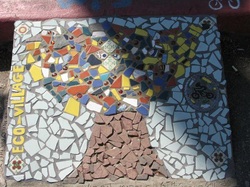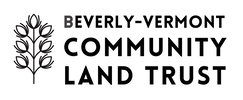
A community land trust is a property trust which aims to benefit the surrounding community by ensuring the long-term availability of affordable housing and access to land. Land is taken out of the market and separated from its productive use so that the impact of land appreciation is removed, this is a very peculiar approach to ownership. Using this mechanism a community land trust, usually known as a CLT, attempts to meet the needs of residents least served by the prevailing market. A community land trust is usually a private non-profit corporation that intends to be democratically controlled. Community land trusts help people:
The currently and most widely used community land trust model in North America was developed in the 1960's by the Institute for Community Economics (ICE). Some say that the mechanism of the community land trust originated in 19th century in Britain and Ireland out of experiments in practical land reform and that it was replicated in the 50's by Gandhian land reformers in India, later gaining attention in other parts of the world.
Community land trusts are flexible models, but being place-specific organizations they have to be accommodated to the peculiarities of their location. Local legal structures, resources, and communities have to be taken into account in the formation of a community land trust.
- Gain control over local land use and reduce absentee ownership
- Provide affordable housing for lower income residents in the community
- Promote resident ownership and control of housing
- Keep housing affordable for future residents
- Capture the value of public investment for long-term community benefit
- Build a strong base for community action and management of green spaces
The currently and most widely used community land trust model in North America was developed in the 1960's by the Institute for Community Economics (ICE). Some say that the mechanism of the community land trust originated in 19th century in Britain and Ireland out of experiments in practical land reform and that it was replicated in the 50's by Gandhian land reformers in India, later gaining attention in other parts of the world.
Community land trusts are flexible models, but being place-specific organizations they have to be accommodated to the peculiarities of their location. Local legal structures, resources, and communities have to be taken into account in the formation of a community land trust.

